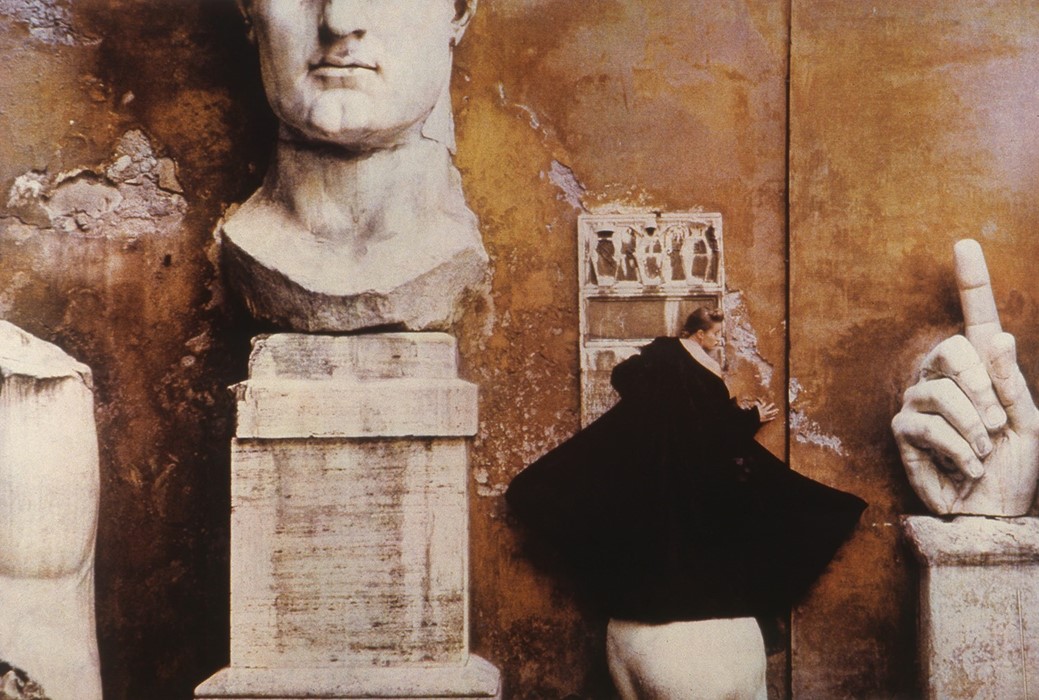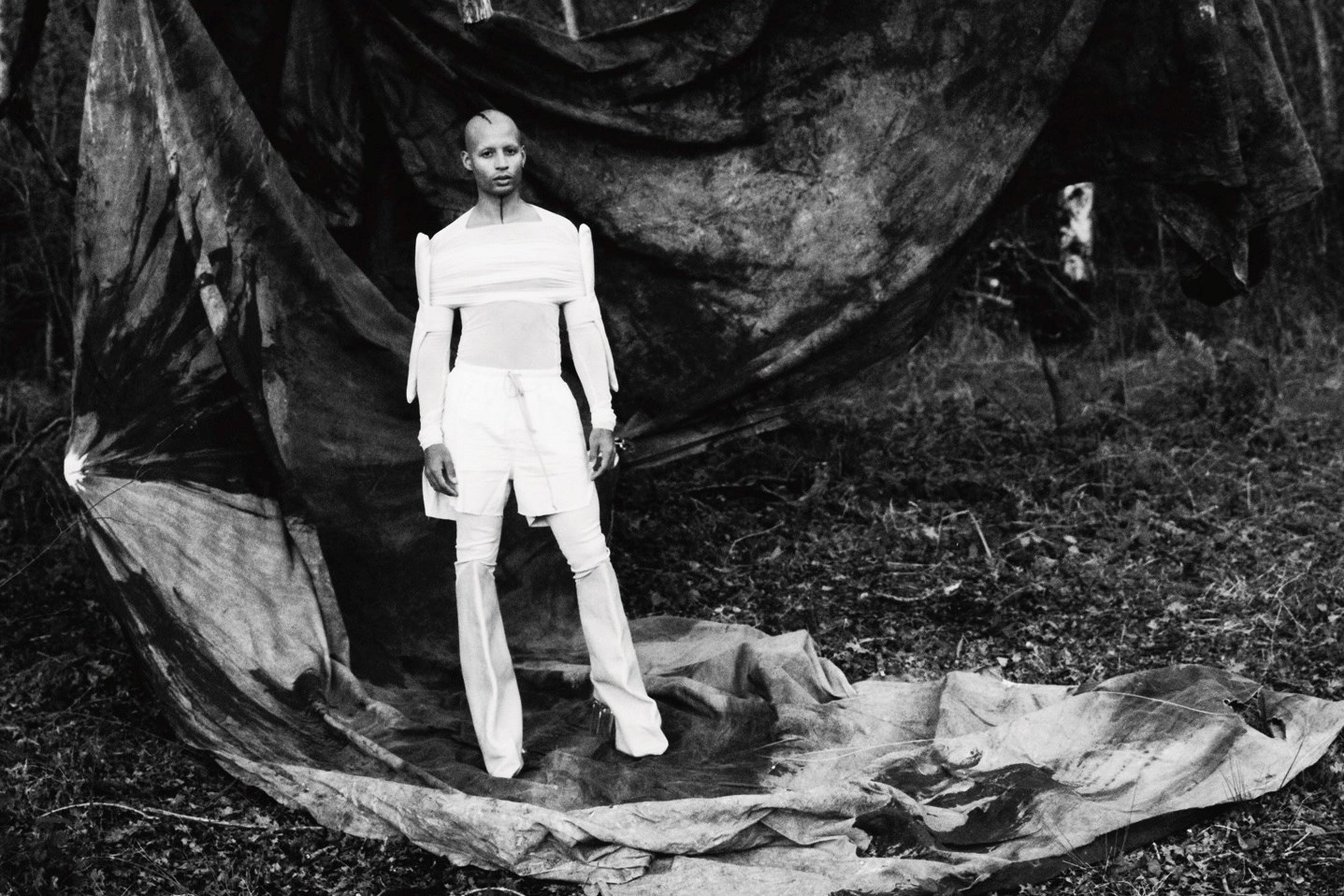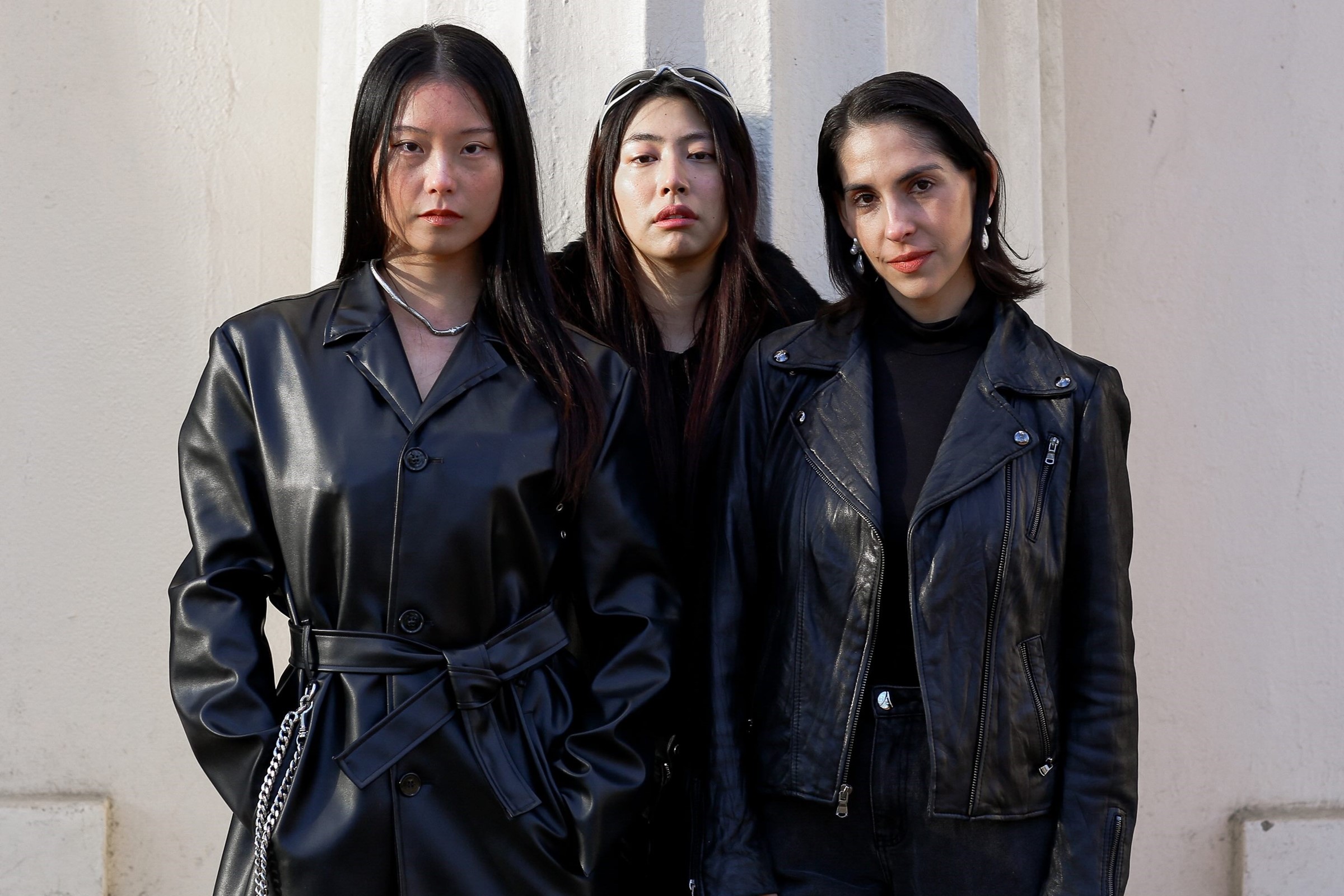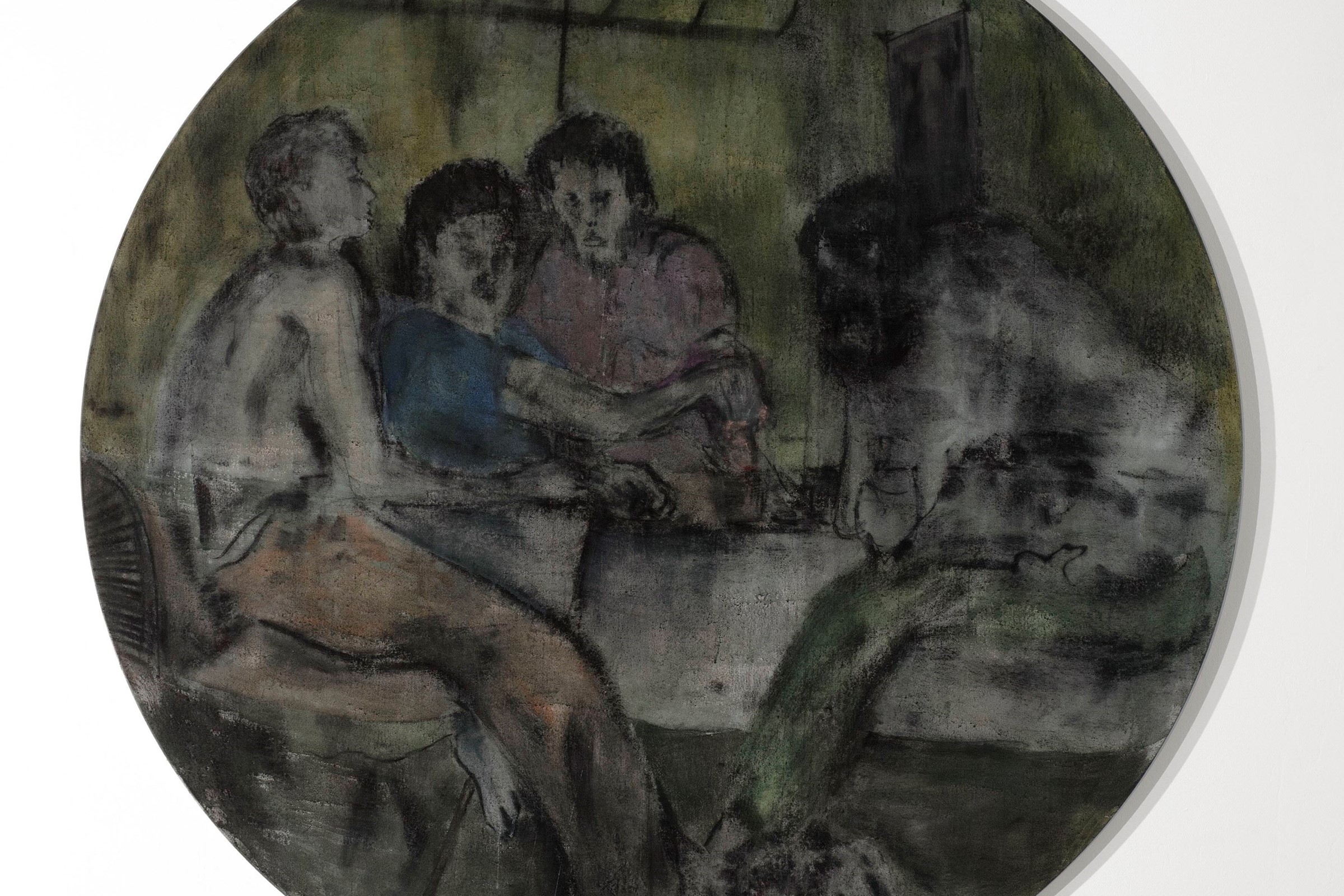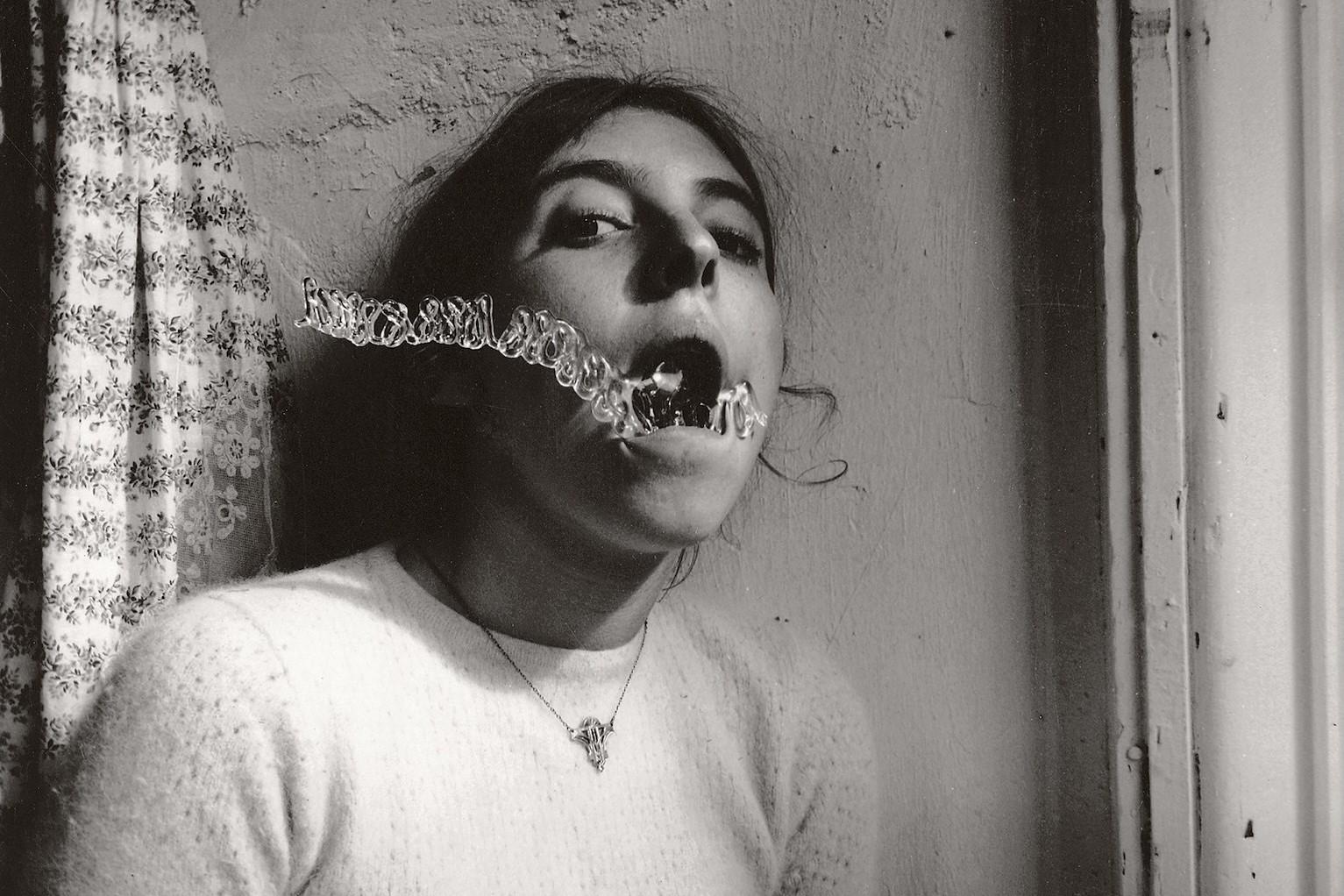We speak with Sheila Metzner, the art director-turned-fashion photographer whose painterly work transcends seasons, time and trends
Long after I spoke with photographer Sheila Metzner over the phone, I thought about her laugh. Warm and generous, I had no doubt that this was a laugh acquired over time – the laugh of a life well-lived. Throughout Metzner’s career, art and life have always merged and intertwined. Now, 300 of her works are gathered together in a new monograph and retrospective exhibition, From Life, which encapsulates the artist’s vision. Metzner began her career in the advertising world, where she was hired as the first female art director at Doyle Dane Bernbach advertising agency in the 1960s. She spent the next decade honing a new craft – photography – while raising her growing family in Woodstock, NY. Her artistic career took off in 1978, after one of her early photographs was included in the Museum of Modern Art’s groundbreaking exhibition, Mirrors and Windows: American Photography Since 1960. This led Alexander Liberman to hire her at Vogue, and launch a career that took her around the world shooting campaigns for clients like Valentino, Shiseido and Fendi and celebrities including David Lynch, Uma Thurman and Isabella Rosellini, among many others.
Metzner always balanced commercial assignments with more personal work examining the human form, nature and urban scenes. Inspired by painters like Georgia O’Keeffe and early 20th-century photographers like Alfred Stieglitz and Edward Steichen, Metzner combines the time-honoured, patented methods developed by the Fresson family in 1899 and platinum printing processes. This gives Metzner’s prints their signature softness, shadowy tones and granular texture. Drawing on the serial nature of Metzner’s work, From Life is organized around chapters that represent defining moments in the artist’s life. The focus and intensity of her vision remains clear throughout. In the introdution, Metzner’s son Raven writes: “Travelling with my mother as one of her assistants, I came to see her work not as a single frame or story but as a part of an epic life work – what seemed to me to be an attempt to show that a created reality has the potential to inspire one to reach for an ideal life.”
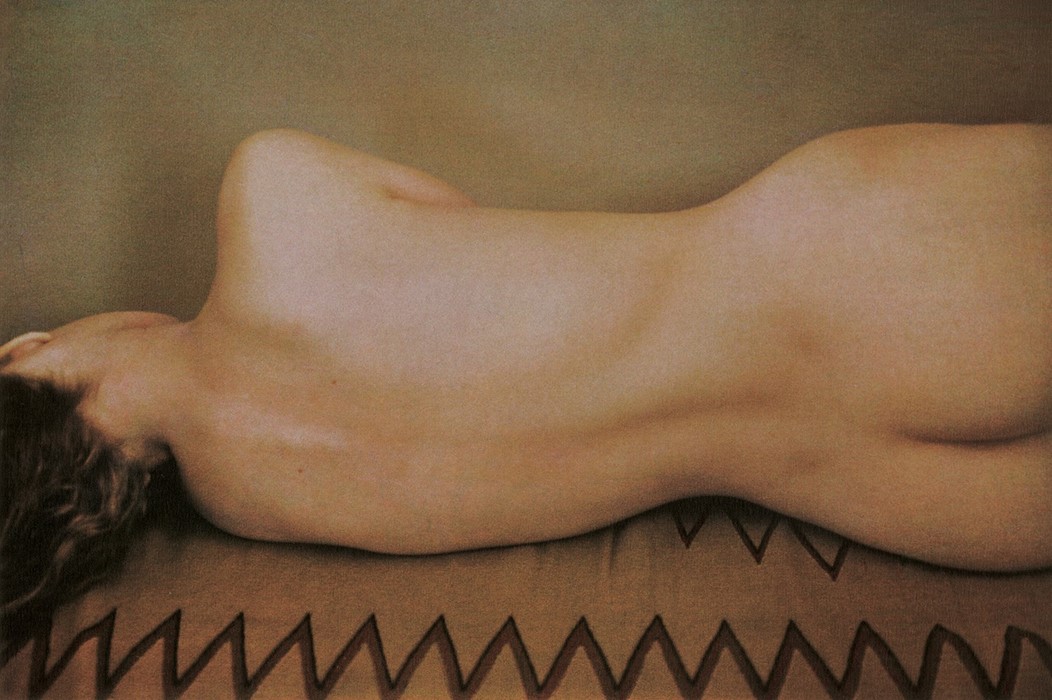
On finding and cultivating artistic vision…
“I was introduced to a photographer named Aaron Rose around the same time that I had just had a child and quit my job in advertising. I didn’t really know what to do and he suggested that I be a photographer because I had a good eye and he thought I would be good at it. As an art director I worked with photographers, I hired photographers. I worked with Richard Avedon, Melvin Sokolsky, Diane Arbus, and many other great photographers. I knew that we didn’t share the same vision, somehow. I knew that what I was about to do was going to be whatever it was going to be but it wasn’t going to be what they were doing. Aaron also introduced me to the Pictorialists and printing – the concept that the print was as important as the image.
It was an interesting time because there were very few photography galleries in New York, maybe only three that were established. There weren’t that many photography books either. But there started to be auctions of photography at Sotheby’s and Christie’s, and when you went to them you could really see the history of photography from A to Z. I went to a lot of those auctions just to study the photographs and prints, that was my greatest teaching.
It was Aaron’s idea that I should build a body of work first to find out if I had a vision, and he also believed that I shouldn’t show my work to anyone during that time. For probably eight or nine years I took pictures and learned to print on my own, like cooking, from reading recipes of chemicals. I kept my work at home. We had a pool table and I would just lay the work out on the pool table, and the only people that saw it over those years were family or really close friends. It took me a long time but finally I had a box with 22 black and white images that I took to a gallery and which ended up being my first exhibition, called Friends and Family. These were pictures that I felt were truly my work. I had never seen anything like them. They were mine.”
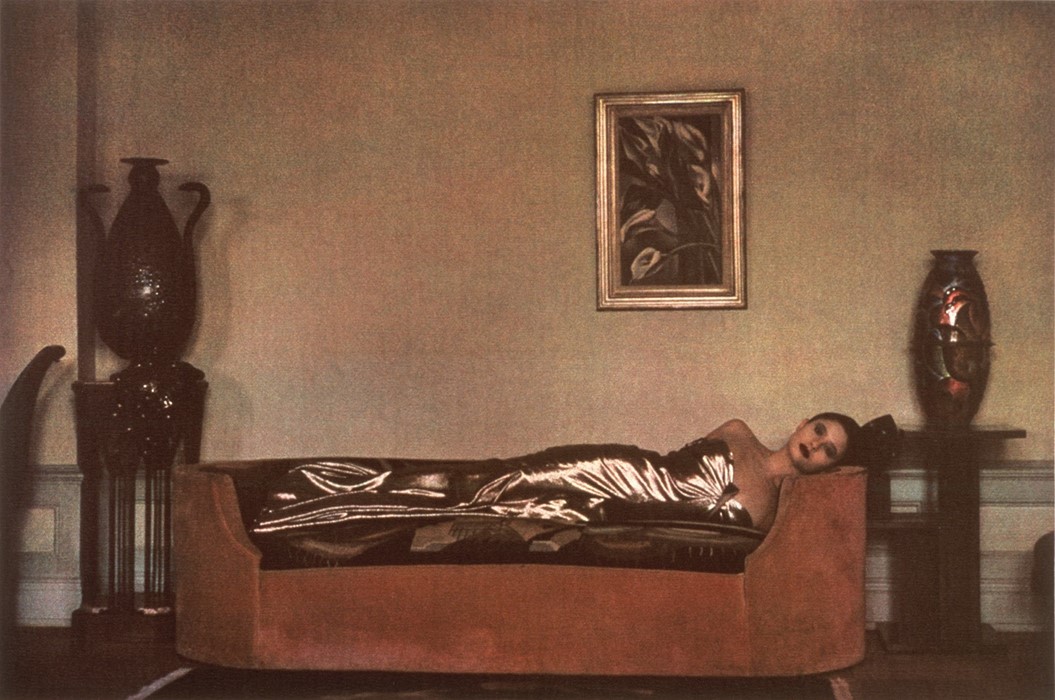
On motherhood…
“When I saw my son, my first child, I knew that I had to be with him. That was a big step. It led me to quit my job as an art director, which was a big job. I loved being home, I loved being a mother and having kids in my life. But I also wanted to be an artist. My first subject was everything that was around me, simply because I couldn’t go anywhere. Over a ten year period I had five children and so I kind of made up my own worlds. A lot of the early pictures will say ‘Antarctica’ or ‘Egypt,’ or some other foreign place, but I never went anywhere. I had to find ways of shooting the still lives, the portraits and even the landscapes in very close proximity to my home. But it was great. Motherhood was never a restriction, it was extraordinary.”
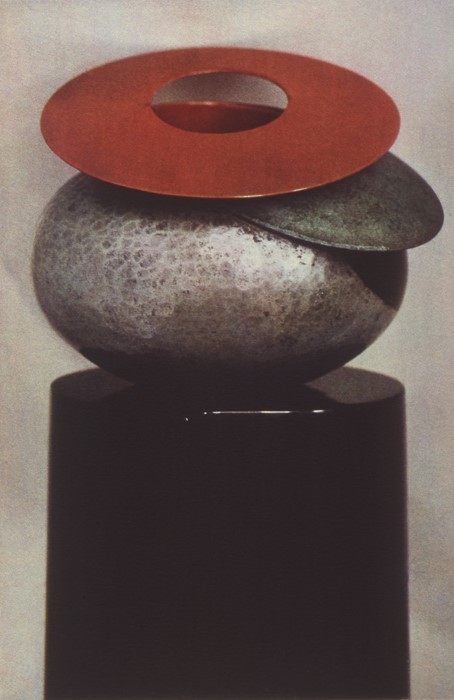
On transitioning to fashion photography...
“When I was called to fashion, my background helped because I had been on the other side. I had hired people, I had worked with photographers and in photography studios. As an art director, I understood the process, so it was very easy for me to communicate. The only problem was that knowing all that I knew, I didn’t want to do it the way they were doing it. I had to forge my own path. I had to find the right people. The people who wanted to work with me had to understand that they were hiring me for my work, that I wasn’t going to do it their way. I couldn’t see in any other way than my way.”
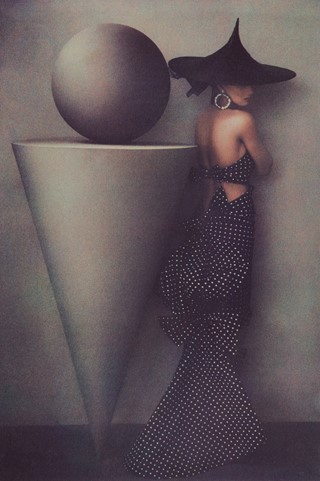
On fashion photography as a mechanism for storytelling...
“It was a whole new world for me, that world. It was like a fairytale to photograph something like a Galliano dress, it was wonderful. I go back to the Fendi fragrance shoot a lot. There were two shoots, the original Fendi fragrance in 1986 and then the Uomo, the men’s fragrance. We wanted to photograph an idea, which was the passion of Rome. For each of the shoots we had ten days to do one picture. The Pygmalion myth was the concept, the idea that the statue would come to life. The fun of that shoot was that the men’s shoot was three years after the original fragrance shoot. So in the original shoot we have a girl kissing a statue, and in the Uomo shoot, the statue comes to life. We went to the same location and we made sure that she was wearing the same earrings. There were a lot of shoots like that, that were about creating another world.”
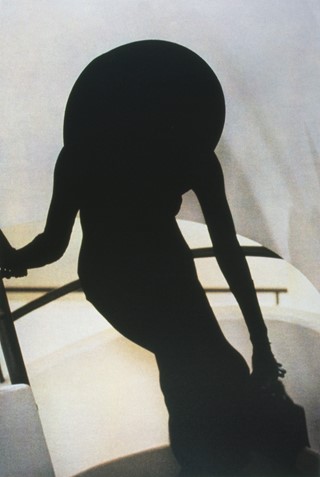
On the magic of photography...
“The mystery of photography and the thing that sets it apart from any other form of art is actually the title of my book, which I borrowed from Julia Margaret Cameron – it’s from life. You’re capturing life. A painter or a sculptor can find references or use their imagination, but in order to take a photograph, the thing, whatever it is, has to be right there in front of you. It’s a shared experience and the capture of that specific moment in that time. You can’t go back and do it again. It’s truly a magical experience. Even if it’s set up, if you’re working with a still life in a studio, you have to find that apple or that flower. It’s like the rose that Beauty’s father brought to her, that one rose that you have to find. Nothing else is like that.”

Sheila Metzner: From Life is out now, published by Rizzoli. The concurrent exhibition of her photographs is on view at Staley-Wise Gallery, New York until January 20, 2018.
